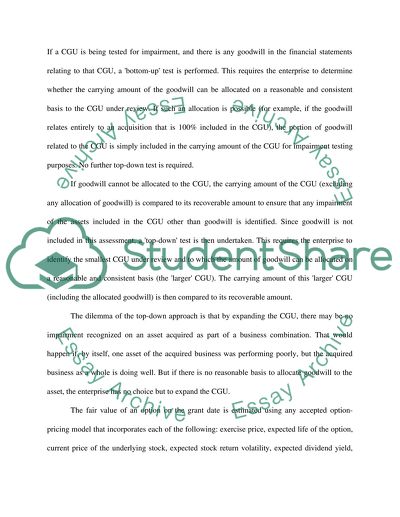Cite this document
(“Advanced Accounting Term Paper Example | Topics and Well Written Essays - 1250 words”, n.d.)
Advanced Accounting Term Paper Example | Topics and Well Written Essays - 1250 words. Retrieved from https://studentshare.org/finance-accounting/1638847-advanced-accounting
Advanced Accounting Term Paper Example | Topics and Well Written Essays - 1250 words. Retrieved from https://studentshare.org/finance-accounting/1638847-advanced-accounting
(Advanced Accounting Term Paper Example | Topics and Well Written Essays - 1250 Words)
Advanced Accounting Term Paper Example | Topics and Well Written Essays - 1250 Words. https://studentshare.org/finance-accounting/1638847-advanced-accounting.
Advanced Accounting Term Paper Example | Topics and Well Written Essays - 1250 Words. https://studentshare.org/finance-accounting/1638847-advanced-accounting.
“Advanced Accounting Term Paper Example | Topics and Well Written Essays - 1250 Words”, n.d. https://studentshare.org/finance-accounting/1638847-advanced-accounting.


